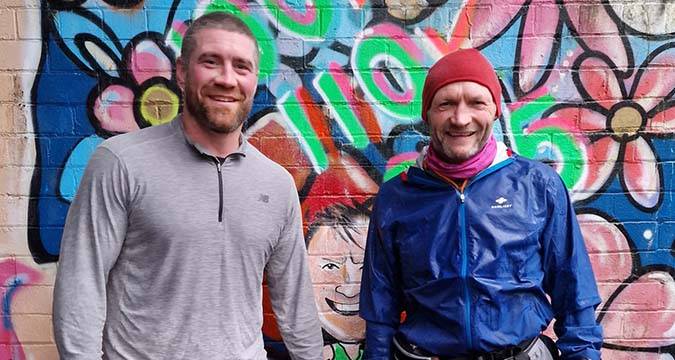 On New Year’s Eve, the truly remarkable Gary McKee finished his 365th marathon of 2022, raising over £1 million, which will be split between Macmillan Cancer Support and Hospice at Home West Cumbria.
McKee is a former Wath Brow Hornets captain who previously climbed Mount Kilimanjaro, cycled through Brazil, trekked through New Zealand, ran fr
On New Year’s Eve, the truly remarkable Gary McKee finished his 365th marathon of 2022, raising over £1 million, which will be split between Macmillan Cancer Support and Hospice at Home West Cumbria.
McKee is a former Wath Brow Hornets captain who previously climbed Mount Kilimanjaro, cycled through Brazil, trekked through New Zealand, ran fr The Marathon Man – Gary McKee
 On New Year’s Eve, the truly remarkable Gary McKee finished his 365th marathon of 2022, raising over £1 million, which will be split between Macmillan Cancer Support and Hospice at Home West Cumbria.
McKee is a former Wath Brow Hornets captain who previously climbed Mount Kilimanjaro, cycled through Brazil, trekked through New Zealand, ran fr
On New Year’s Eve, the truly remarkable Gary McKee finished his 365th marathon of 2022, raising over £1 million, which will be split between Macmillan Cancer Support and Hospice at Home West Cumbria.
McKee is a former Wath Brow Hornets captain who previously climbed Mount Kilimanjaro, cycled through Brazil, trekked through New Zealand, ran fr 